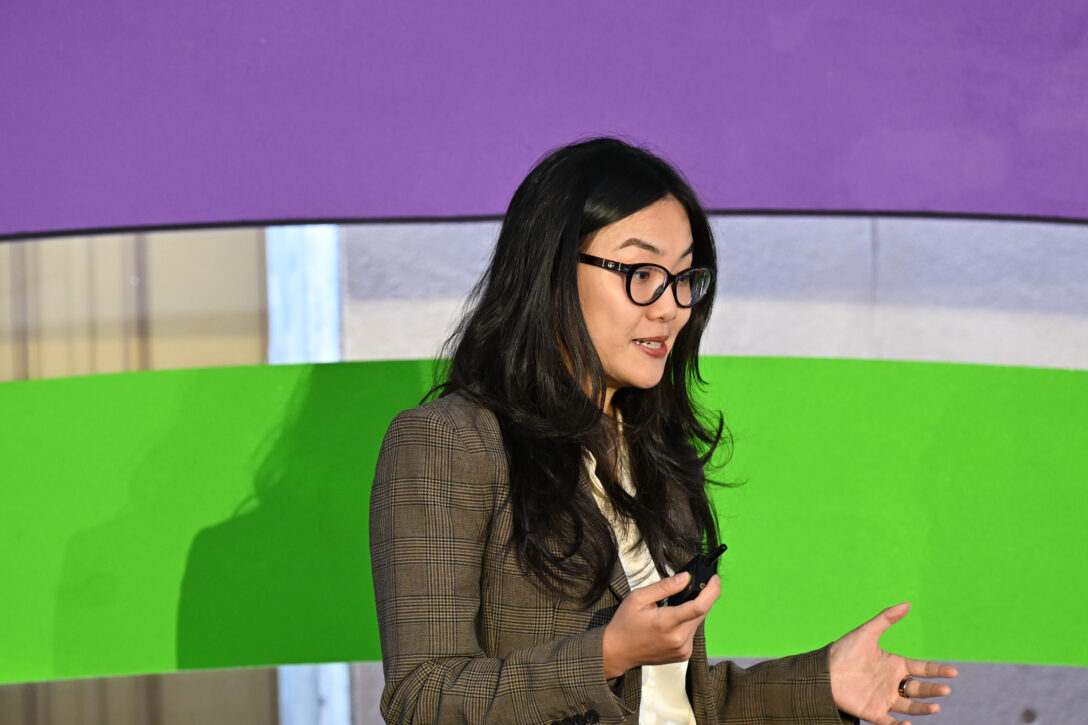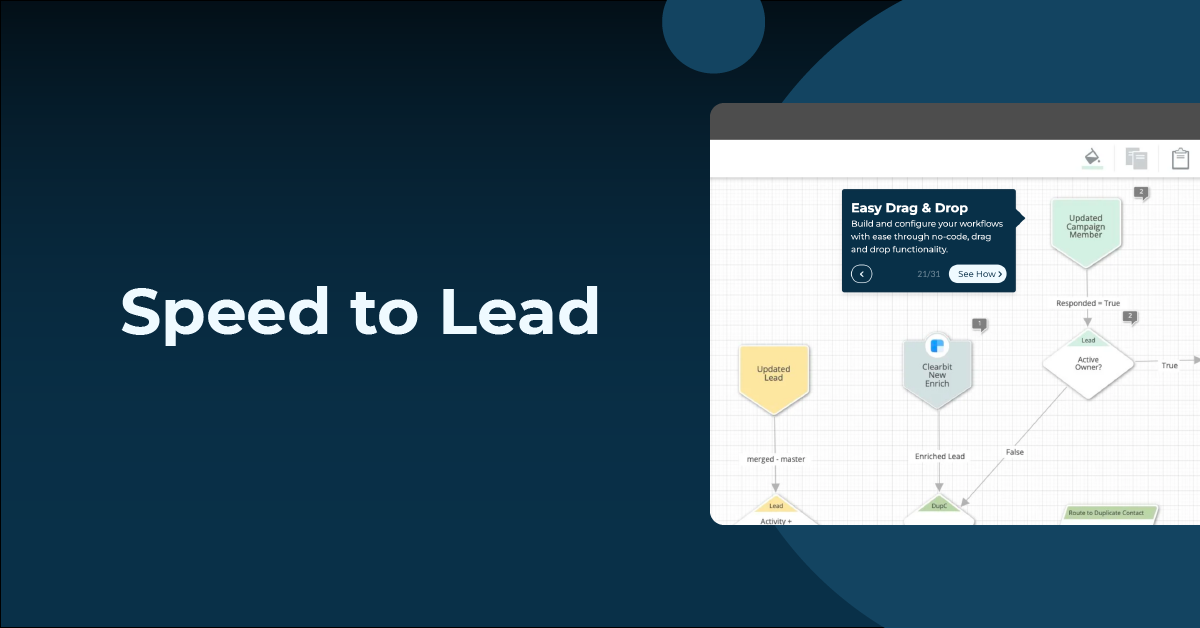Summary
Clay’s Ziqi Deng unpacks a GTM Engineering playbook: how to find “alpha” signals, iterate faster than competitors, and operationalize AI-driven workflows across the buyer journey. Ideal for RevOps, MOPs, SOPs, and GTM leaders looking to turn creative tactics into repeatable revenue systems. The core takeaway: your only durable edge is learning and executing faster systematically.
Key Takeaways
- Find unique GTM “alpha.” Generic outreach is noise; winning teams target narrowly defined micro-segments using distinctive data.
- Assume tactics decay quickly. Creative advantages commoditize in weeks; build for constant iteration.
- Ship like product teams. Treat GTM as engineering: spec, prototype, test, and scale what works.
- Use an integrated GTM environment. Clay combines a 150+ source data marketplace, an AI research agent, and workflow automation to operationalize winning plays.
- Strengthen your data foundation first. Clean CRM and reliable signal coverage drive 95% of AI and automation success.

Speaker
Ziqi Deng — Strategic Partnerships, Clay
Ziqi is a former founder in fashion/supply-chain tech focused on growth. She now helps leading GTM teams build AI-powered revenue engines with Clay.
What You’ll Learn
Q: What are the three laws of go-to-market outlined in the session?
A: 1) Be unique with specific, non-generic signals; 2) Creative edges decay fast, so iterate; 3) The fastest learners/iterators win.
Q: How does Clay function as an Integrated Development Environment (IDE) for growth?
A: It unifies data (150+ providers), AI agents for research/classification, and connections to CRM/warehouse/sequencers to test and scale workflows quickly.
Q: Where should teams start with AI and automation?
A: With a strong data foundation, clean CRM structure, dependable enrichment, and clear signal taxonomy, before scaling automation.
Session Transcript
Ziqi Deng
Hope you guys loved the music. If you haven’t checked out K-pop Demon Hunter, check it out. It’s really good. I’m super excited to be here. I’m Ziqi, and I lead Strategic Partnerships at Clay. I’ve been at Clay for less than a year.
My journey with Clay is a bit unique. As mentioned, I used to be in the fashion supply chain tech industry before joining Clay. I was actually a founder. I spent three and a half years building my company from zero to one, scaling it to $3 million ARR with very minimal venture money. My role as a founder was growth, so every day I was living and breathing the world of go-to-market and trying to figure out how to get to my customer.
That’s how I found out about Clay. I got a cold email one day from Eric Nowoslawski. If you haven’t checked him out, definitely do. He’s the king of cold email. I saw his email and thought, “This is so good. How did he write it?” Then I realized it was powered by Clay. Three years ago, Clay was still a very small startup building out of an apartment in Brooklyn. I joined Clay at the end of last year after selling my business, and it’s been a great journey since.
I was one of the first ten go-to-market engineers back then—probably in the world—because we coined the term. It’s been really great working with some of the fastest-growing companies and helping them think about how to go to market in an age of artificial intelligence.
A quick agenda for today: I’ll start by sharing the three laws of go-to-market—things we’ve learned at Clay by being one of the fastest-growing companies ourselves. We sell to go-to-market companies to help them go to market. Lots of meta here. I’ll also share what we’ve seen hold true across these lessons and what the best companies are doing.
Then, I’ll give a high-level overview of Clay. Some of you have already come by our booth asking, “What is Clay?” You’ve heard of it but don’t fully understand what it does. Hopefully, by the end, you’ll get that question answered. If we have time, we’ll do a little Q&A. I’ll also show how we use Clay internally, because the whole company is full of meta. Everyone at Clay likes to call themselves a go-to-market engineer.
Let me start with a framework we use at Clay to help separate the hype from what’s actually working. There are three fundamental laws of go-to-market that almost apply to any business.
The first law: You have to be unique. Generic outreach is noise. Winning teams find something specific about their customers that competitors don’t know yet. At Clay, we call it “go-to-market alpha.” For example, unique data allows you to avoid overshooting or missing your true TAM. Instead of saying “all restaurants in Europe,” you can say “Berlin cafés with 30 to 50 employees that just joined DoorDash.” Instead of finding all CISOs at tech companies with over 200 employees, you can say “CISOs at Series A to C companies that raised money in the last three months, have more than five people in their security team, and use certain technologies.”
The second law: No creative advantage lasts forever. AI accelerates the cycle. Campaigns that once lasted for years now saturate in weeks. The only way to stay ahead is constant adaptation. As you invent new ways of working, others will copy you, and what was once your unique play will quickly get commoditized. Remember display ads in the 1990s? The first ones had an 80% click-through rate. Today, it’s a fraction of a percent. The same is true for SEO, social, paid ads, cold emailing, cold calling—you name it.
The third law: Your only sustainable advantage is learning and executing faster than your competitors. Go-to-market engineers make this possible by building revenue engines using AI and automation, turning creative ideas into repeatable and automated revenue systems.
Raise your hand if you’ve heard of the term “go-to-market engineer.” Raise your hand if you think you know what it means. Okay, we need to do a better job of making sure people know what we’re talking about.
In traditional sales orgs, you have SDRs to prospect and message leads, AEs who close deals, and RevOps to manage systems. With go-to-market engineers, the model looks more like a product team. They identify problems, write specs, ship prototypes, and scale what works. Sellers focus on high-value conversations while GTM engineers automate through AI and workflow building. Instead of every SDR testing their own tactics, GTM engineers systemize and democratize the best workflows across the team.
This role is having its moment. We’ve seen over 400 roles open in the market, being hired by legit companies like OpenAI and Cursor.
Here are some examples of what winning companies are doing using Clay:
- Canva uses Clay for social listening, tracking LinkedIn and Instagram posts. When they find off-brand content, they identify the head of design and pitch Canva Pro to help them stay compliant.
- Intercom uses Clay to scan support documentation to find companies with comprehensive enough materials for their AI support products to be valuable.
So, what do these winning tactics have in common? In today’s world, go-to-market teams need to act like engineering teams to win. The winning teams turn creative ideas into scalable processes. Think of how engineers use an IDE—a command center to build, test, and deploy. Clay’s founders originally set out to build a no-code platform for engineers, but they realized GTM teams needed that engineering power most. So, Clay became the operating system for go-to-market—just as designers have Canva and operators have Notion.
Ziqi Deng
Here’s what Clay looks like. There are three main components.
First, data. Clay is a data marketplace. By joining Clay, you automatically have access to 150+ data providers, from Crunchbase to Clearbit. We negotiate rates so you get the best deal and can access everything with Clay credits. You can also bring your own APIs, like ZoomInfo, without using credits. We offer something called “Waterfall,” letting you stack providers and only pay for whichever returns a result first. Anthropic consolidated 80+ vendors into Clay and tripled their coverage.
Second, AI agents. Claygent is Clay’s AI agent—a web browser plus AI. It allows you to turn unstructured data into structured information. Many customers use it to classify industries into custom categories for territory planning. We’ve run over two billion AI rounds and expect to reach three billion by year-end. I’d argue Clay is one of the most-used AI applications in the world today.
Third, workflow automation. Clay acts like Zapier, letting you build workflows in a spreadsheet-style environment. You can find and enrich companies, people, or import data from your CRM, Gong transcripts, or inbound signals. You can use AI for research, then export data back into your CRM or sequences. We even launched a native sequencer so you can send emails directly from Clay.
Clay is typically owned by revenue or sales operations—not reps—since it requires a system-thinking mindset to maximize value.
We also provide visual tools like Find Company flow, Waterfall ordering, Collisions (for summarizing insights), and Metaprompter (for generating prompts). Sculptor, our new co-pilot, helps users figure out enrichments or analyze tables with natural language.
Most importantly, 95% of success with Clay starts with data foundation. Companies fail with AI when their CRM is disorganized—parent-child relationships, stale contact info, etc. Once your data foundation is strong, you can scale into automation, inbound, outbound, ABM, and co-pilot workflows.
We’ve recently launched new signals—like job changes, promotions, new hires, website visits, and social listening (LinkedIn, Reddit, YouTube, X). For example, Rippling uses Clay to track job changes and send gifts via Sendoso. Vanta tracks four signals—SOC2 certification, website changes, funding announcements, and CISO postings. We even allow tracking of website visitors by page and time spent.
Ziqi Deng
Now, the fun part: as a go-to-market company selling to go-to-market companies, we use Clay ourselves.
Every step of the customer journey is powered by Clay.
Awareness: For example, how many of you have seen our ads? This was our first time doing billboards and New York subway ads. Most out-of-home campaigns are unscientific, but we used AI to map HQ locations of target accounts, generate a heatmap in Google Maps, and choose billboard placements based on target density.
Evaluation: Buying software in 2025 is overwhelming and nonlinear. I use Slack as my co-pilot. On the left, I have daily summaries of account activity—website visits, LinkedIn engagement—so I know when to reach out. On the right, automated workflows trigger messages when meetings are canceled, generate follow-up emails, and update Salesforce stages after Gong transcripts are processed—all using Clay.
Onboarding: My team uses Clay to connect customers to agency partners. When reps log a request, Slack triggers workflows that enrich company data, analyze tech stacks, pull transcripts, and generate briefing docs for partners—all automatically.
Adoption and Success: Our product team uses Clay to classify and route customer feedback directly to the right Slack channels and teams. Customer Success uses Clay to monitor customer health, pulling product usage, Gong data, and classifying accounts red or green to proactively offer support.
We’re out of time, but please stop by our booth to meet our team of go-to-market engineers. You can also find me on LinkedIn. Thank you so much for being here.










